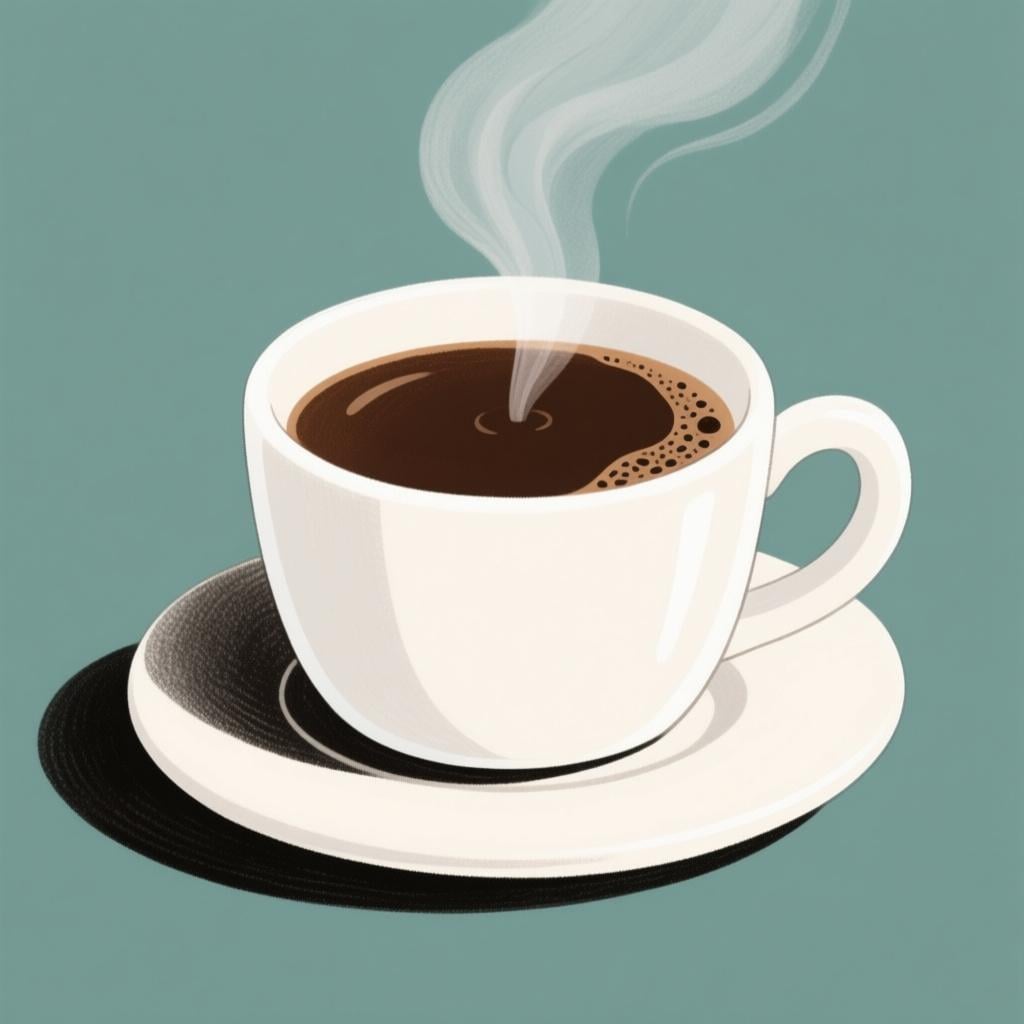café
/ka-FEH/
coffee

As a noun, café is most commonly used to mean 'coffee,' the drink.
📝 In Action
Quiero un café con leche, por favor.
A1I'd like a coffee with milk, please.
Tomamos un café después de la cena.
A1We have a coffee after dinner.
Colombia exporta un café excelente.
B1Colombia exports excellent coffee (beans).
💡 Grammar Points
A Coffee vs. Coffee in General
Use 'un café' when you're ordering one cup, like 'a coffee'. Use 'el café' when talking about coffee as a general substance, like 'El café de Costa Rica es famoso'.
⭐ Usage Tips
How to Order
When ordering, you can simply say 'Un café, por favor'. The waiter will likely ask how you want it ('¿solo?', '¿con leche?'). It's a great way to practice!

Café also refers to the coffee shop or establishment where you buy the drink.
📝 In Action
Nos vemos en el café de la esquina a las cinco.
A1See you at the corner café at five.
Me gusta trabajar en un café porque hay buen ambiente.
A2I like to work in a coffee shop because there's a good atmosphere.
⭐ Usage Tips
Café vs. Cafetería
Often, they mean the same thing. In Spain, a 'café' might feel a bit more traditional or formal, while a 'cafetería' is a more general, casual spot that also serves snacks and light meals.

As an adjective, café means 'brown' or 'coffee-colored,' especially common for describing eyes, hair, or clothing.
📝 In Action
Tiene los ojos de color café.
A2He/She has brown eyes.
Me compré unos zapatos café para combinar con mi chaqueta.
B1I bought some brown shoes to go with my jacket.
Las paredes café hacen que la habitación se vea más pequeña.
B1The brown walls make the room look smaller.
💡 Grammar Points
A Color That Doesn't Change
When a noun (like 'café') is used as a color, it usually doesn't change. You say 'zapatos café' (not cafés) and 'paredes café' (not cafés). This is a handy shortcut for colors like 'naranja' (orange) and 'rosa' (pink) too!
❌ Common Pitfalls
Making it Plural
Mistake: "Me gustan tus chaquetas cafés."
Correction: Me gustan tus chaquetas café. Because 'café' comes from a noun, we treat it as an unchanging color description, like saying 'coffee-colored jackets'.
⭐ Usage Tips
'Café' vs. 'Marrón'
Both mean 'brown', but 'marrón' is more common in Spain, while 'café' is very common in Latin America for describing the color of things like eyes, hair, and clothing.
✏️ Quick Practice
💡 Quick Quiz: café
Question 1 of 2
Which sentence uses 'café' to describe a color?
📚 More Resources
Frequently Asked Questions
What's the difference between using 'café' and 'marrón' for the color brown?
They both mean 'brown', and you can often use them interchangeably. However, 'café' is much more common in Latin America, while 'marrón' is more common in Spain. Also, 'café' often describes a specific, rich shade of brown, just like coffee!
Why does the accent mark on 'café' matter?
The accent on the 'é' is super important! It tells you to stress the last syllable: ca-FEH. Without it, the word would be 'cafe', stressed on the first syllable (CA-feh), which isn't a word in Spanish. That little line changes the whole sound!